10 Bizarre Beauty Treatments You Won’t Believe Actually Exist
Get the facts about vampire facials, cryotherapy, fish pedicures and other strange spa trends.
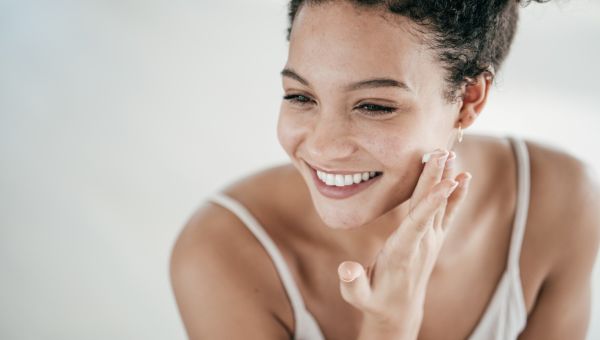
Vitamin intravenous (IV) therapy and fish pedicures are just some of the unusual beauty therapies promising more youthful-looking skin, stress reduction and even relief from pain. But do these bizarre fixes always deliver? We’ve rounded up the wackiest beauty treatments to find out the ones you should try—or toss.
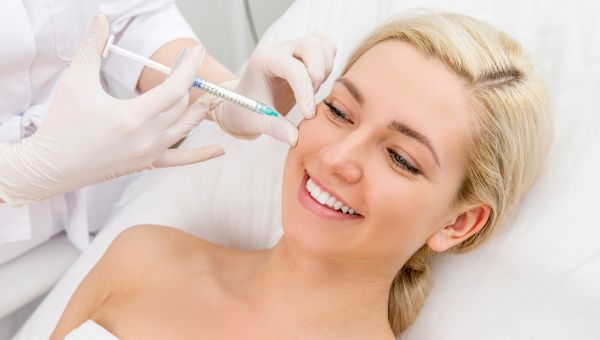
Vampire facial
Celebrities like Kim Kardashian and Rupert Everett have popularized a type of platelet rich plasma (PRP) therapy called the vampire facial. It claims to stimulate collagen production, reducing fine lines and wrinkles and giving skin a young, bouncy look.
During the procedure, blood taken from the patient is spun in a centrifuge, separating red blood cells from platelet-rich plasma. The plasma is then injected into the deep dermis—the fatty layer of the skin—of the face and neck. The entire procedure costs $1,500 to $2,500 and lasts between 15 and 18 months.
A close relative to the vampire facial is the vampire facelift, in which fillers like Restylane or Juvederm are added to the PRP and then injected. In the vampire facial, the fillers are skipped and only PRP is injected into the skin.
Verdict: The FDA hasn’t approved the vampire facial because it’s considered an “off-label” use of PRP therapy. Since the process of taking blood and separating it from plasma exposes the body to a slew of potential infections, it may not be worth the risk.
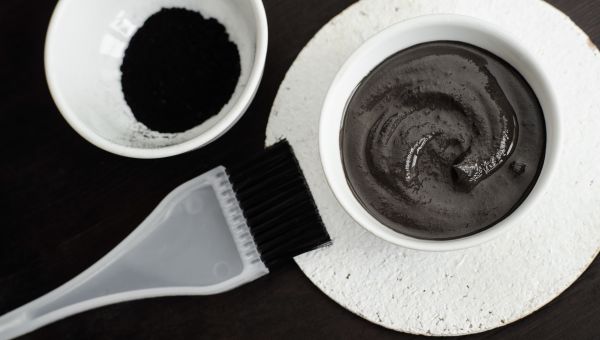
Charcoal peel-off masks
Activated charcoal is having a moment right now. The carbon-based substance can be found in a range of skin and beauty products, from teeth whiteners to pore-cleansing facial scrubs and masks.
The blackhead peel-off mask is especially popular for people with oily skin, thanks to videos posted by social media bloggers. Applied by hand, it dries in a thin, black layer after 10 minutes; once removed, it's supposed to leave pores clean and the face feeling tighter. The potential problem is that the mask tends to remove oils and protective hairs and can make skin dry and irritated, worsening blemishes.
Verdict: If you’re going to incorporate charcoal into your beauty routine, try it in a gentler form such as a scrub or gel, which exfoliates and nourishes the skin instead of removing vital layers—taking care to not overuse at the risk of irritation and dryness. The Environmental Working Group has verified Mineral Fusion Overnight Renewal Charcoal Gel Cleanser as safe to use. Those with dryer skin types may want to go easy on scrubs, or avoid them altogether.
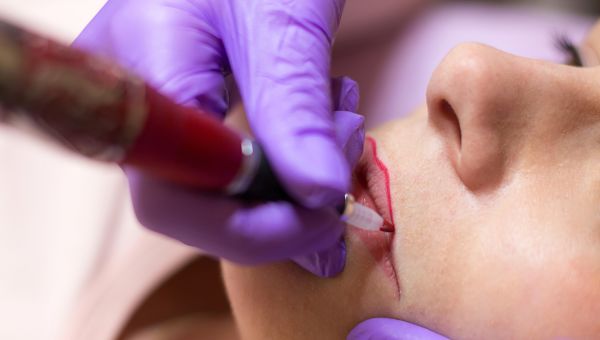
Permanent makeup
Permanent makeup consists mainly of tattoos resembling cosmetics on the lips, eyelids and eyebrows. It's often done for convenience, though some people have it for health-related reasons, like concealing skin conditions and surgery scars. The problem is, all tattoos come with potential health problems, including rash, irritation and infection from contaminated ink, and the process of getting makeup tattooed on these sensitive areas is not exempt from these complications.
Verdict: Though you may know someone who's had it done, the FDA hasn't approved the practice of tattooing permanent makeup. It may also make it difficult to have an MRI; there have been reports of irritation and swelling in tattooed areas during the scan.
Ultimately, know that while it may save time and have some aesthetic benefits, it may not be worth the risks, pain, potential regret and recovery time. Not to mention, if you decide you don't like your makeup, removal can be particularly difficult.

Fish pedicures
This treatment entails customers dipping their feet in a tank full of water so hundreds of tiny fish can nibble and remove their dead skin, allowing new, healthy skin to grow.
While the experience is painless, there’s a gross reason Garra rufa feast on your feet: their food is often withheld, making them eager to eat anything, including your dead skin. Often the water is not changed between clients, increasing the chances of infection from diseases like HIV and hepatitis C. Although fish pedicures have gained popularity among western consumers, several states have banned the practice due to sanitization problems that can lead to infection.
Verdict: Unless you’re sure your salon is keeping up with proper sanitization, try using a PedEgg or pumice stone to get rid of dead skin cells on your feet.

Bird poop facial
More than a millennium ago, the Japanese began using nightingale droppings to clear their skin of blemishes, sometimes combining it with lead. Nowadays, spas in New York and other American cities have ditched the lead, but are keeping the poop, as it’s believed to tone skin and rid it of unsightly marks. In newer applications, the poop is combined with rice bran after being sanitized with UV light.
Verdict: While the FDA has not approved the use of nightingale droppings for cosmetic use, a few spas continue to use the treatment, believing the sterilization of the poop makes it relatively harmless. Consider this when signing up for your next appointment.
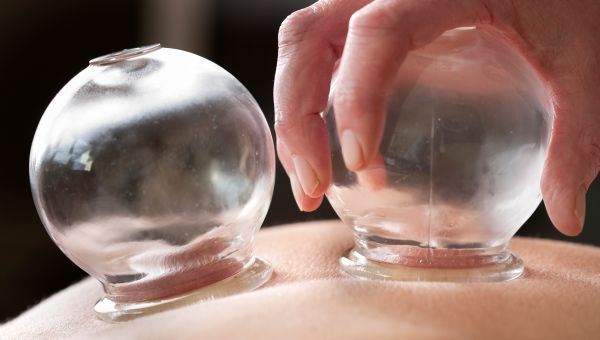
Cupping
A traditional Chinese practice used to treat injuries, cupping has recently been re-popularized by Olympic athletes like Michael Phelps. Bamboo or glass cups are filled with alcohol, herbs or paper, which is then lit on fire. The burning material is eventually removed, and the hot cups are placed on the tense or injured part of the body, typically the back or shoulders. A vacuum is created as the cups cool, drawing blood through to the surface of the skin. This is believed to stimulate blood circulation, thereby easing muscle tension.
Cupping is frequently used for people with anxiety or chronic pain, though using it for fibromyalgia and insomnia has also become more common. While the bruising may look uncomfortable, there is little-to-no pain involved in the process. On average, one 45- to 60-minute session of cupping therapy will cost $25 to $60.
Verdict: While some studies suggest it could help with improving circulation and treating chronic pain, many experts think it’s largely a placebo effect. Cupping is usually safe, but there is a chance of bruising, soreness, burns, discomfort, or skin infections.
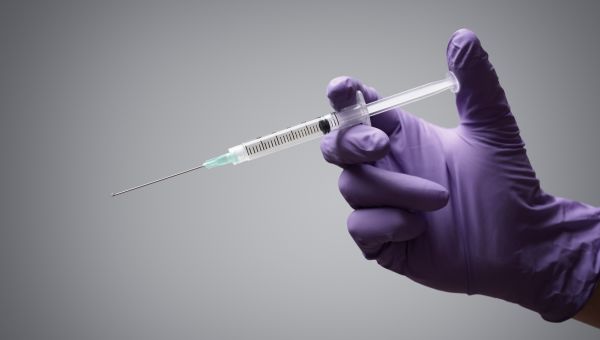
Carboxytherapy (carbon dioxide injections)
Cellulite is caused by factors like genetics, diet, hormone changes and dehydration. Carboxytherapy offers a possible solution by injecting a needle filled with carbon dioxide under the skin. This is said to stimulate blood flow and improve skin elasticity and irregularity, as well as reduce the appearance of cellulite. A small study published in the journal Aesthetic Plastic Surgery found a significant reduction in abdominal and thigh circumference and appearance of cellulite after carboxytherapy.
Verdict: The FDA has not approved this practice, though one study found that women who had the treatment ended up seeing less cellulite. Experts and doctors warn against the use of carboxytherapy outside of a licensed physician’s office, and since it's still in the experimental stage anyway, it may be worth waiting for additional studies or government approval.

Vitamin IV drip
Vitamin IV therapy is the process of taking in nutrients intravenously using a mix of amino acids, like EDTA, and B vitamins. It is used to reduce stress, improve sleep, boost immunity and increase energy, and as treatment for medical conditions like fibromyalgia. Treatment starts around $120, depending on the location and infusion cocktail, and takes 90 to 180 minutes. First-treatment effects last around one week. Regular usage—one or two times per week, depending on the treatment plan—optimizes those results.
Verdict: The FDA has not approved this as a medical practice, and some professionals caution the use of vitamin IVs from an unlicensed individual. Before trying this treatment, confirm proper licensing from the distributor and consult with your doctor.
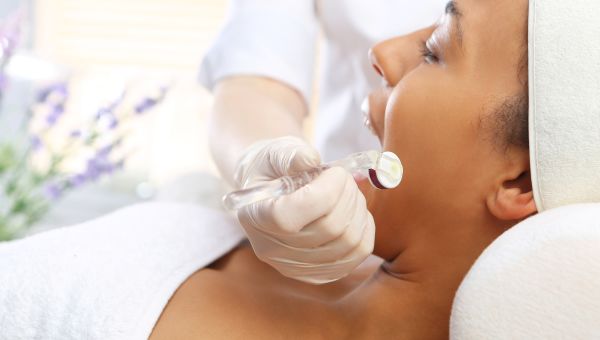
Microneedling
During this procedure, a microneedle roller—a small, spinning device topped with thousands of tiny needles—is run lightly over your face. Supposedly, it spurs collagen production and enhances skin for a more youthful, glowing look. Complications resulting from microneedling include a wearing down of skin and infection.
Verdict: Despite claims to the contrary, the FDA hasn't approved any microneedling tools, and has even been cracking down on certain devices. However, some studies have found the minimally invasive practice to be safe and effective. Be aware of the possibility of infection, as you would for any procedure that punctures the skin.
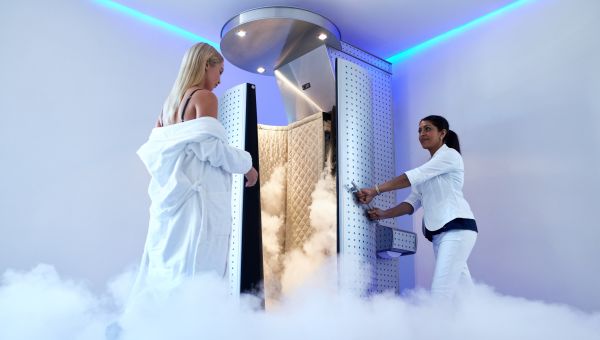
Cryotherapy
Celebrities like Hugh Jackman and Demi Moore have openly discussed their use of cryotherapy, a "super cooling" of the body that allegedly manages pain, smooths skin and encourages weight loss.
Commercial cryotherapy varies depending on the intended purpose of the treatment, but often, a customer is covered in ice packs, submerged in ice-cold water or placed in a full-body chamber to reduce body temperature. This is supposed to prevent swelling and inflammation, as well as improve circulation.
Verdict: While many surgical applications of cryotherapy are sound, the FDA has not approved the commercial practice of using cryo-chambers and ice baths. It hasn't confirmed any of the benefits offered by whole-body cryotherapy (WBC), either, and cautions of the potential for oxygen deficiency, frostbite and burns. Studies have also found while there are no proven adverse reactions, it has minimal benefits. Use discretion to determine if cryotherapy is right for you, but with more proven risks than advantages, it may be better to be safe than sorry.

Final Word
These bizarre beauty treatments may seem out there, and some have more risks than they’re worth. Always take care to investigate potential health hazards, and use discretion when determining which treatment to try. If you're concerned, reach out to your doctor.
More On


video
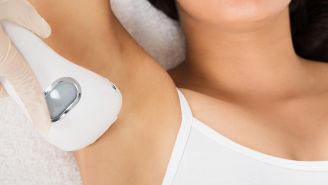
article

slideshow


video


video
